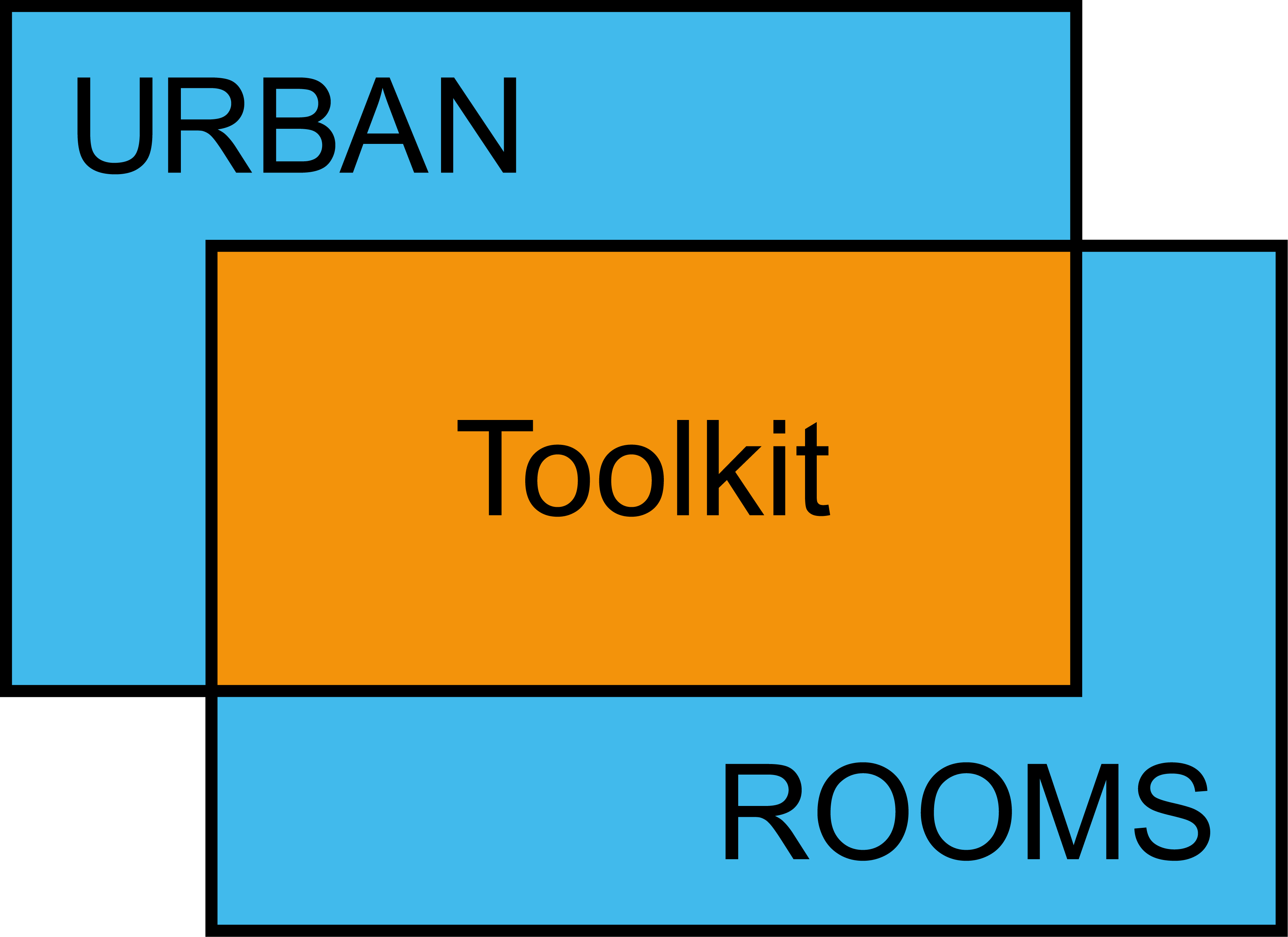


Up & Running
How can we ensure that the UR is inclusive to all?
The Urban Room ethos is to actively welcome input from people of diverse abilities, ages, genders and races. In order to be this inclusive an Urban Room needs to be an easily accessible space, where people know that their experiences, backgrounds and ideas are valued, and where everyone feels safe and protected from threatening or abusive speech and behaviour.
Key to the inclusive nature of the Urban Room is its open, exploratory nature. More conventional public engagement programmes tend to ‘consult’ or ‘inform’ local people on specific development proposals in their area, often when many of the decisions around that proposal have already been made. Urban Rooms try to bring people into discussions about the local environment much earlier, to engage them in strategic thinking, visioning and action on the ground, in order to build capacity in placemaking at all stages of the process. This openness sets the conditions for a much more inclusive approach to placemaking where the diverse cultures, experiences and knowledge across a community can contribute to the shaping of place identity.
The choice of location and premises is key to this ambition around accessibility and inclusion. Focus on physical accessibility (flat ground floor access is optimum), high footfall and consciously situating the Urban Room in places where marginalised groups live, work and socialise. Utilise nomadic, pop-up or temporary models of Urban Room to reach such groups in their place, as an alternative or complementary approach to a city centre location. Options for premises are looked at in further detail in the section ‘How can we find a space?’.
Urban Rooms should be safe spaces where those who tend to be marginalised in placemaking feel welcome to contribute. This means that we should do all we can to encourage tolerance and respect while not accepting exclusionary or aggressive behaviour. It can be useful to draw up a ‘charter’ to encourage acceptable behaviour in your Urban Room and have this displayed prominently in the space; on a wall, window or noticeboard. This can then be referred to if you need to ask a participant to moderate their behaviour.
An Urban Room can take an active role in offering a forum for different voices to be heard in a neutral and supportive space. This can help to bring people together to find common ground, especially if there are tensions between communities over place issues in their local area. Bear in mind, however, that such events need skilled facilitators who can navigate what can be complex and difficult conversations with care and sensitivity to ensure that all voices are heard and valued.

Playgrounds
Up & Running
How can we ensure that the UR is inclusive to all?
The Urban Room ethos is to actively welcome input from people of diverse abilities, ages, genders and races. In order to be this inclusive an Urban Room needs to be an easily accessible space, where people know that their experiences, backgrounds and ideas are valued, and where everyone feels safe and protected from threatening or abusive speech and behaviour.
Key to the inclusive nature of the Urban Room is its open, exploratory nature. More conventional public engagement programmes tend to ‘consult’ or ‘inform’ local people on specific development proposals in their area, often when many of the decisions around that proposal have already been made. Urban Rooms try to bring people into discussions about the local environment much earlier, to engage them in strategic thinking, visioning and action on the ground, in order to build capacity in placemaking at all stages of the process. This openness sets the conditions for a much more inclusive approach to placemaking where the diverse cultures, experiences and knowledge across a community can contribute to the shaping of place identity.
The choice of location and premises is key to this ambition around accessibility and inclusion. Focus on physical accessibility (flat ground floor access is optimum), high footfall and consciously situating the Urban Room in places where marginalised groups live, work and socialise. Utilise nomadic, pop-up or temporary models of Urban Room to reach such groups in their place, as an alternative or complementary approach to a city centre location. Options for premises are looked at in further detail in the section ‘How can we find a space?’.
Urban Rooms should be safe spaces where those who tend to be marginalised in placemaking feel welcome to contribute. This means that we should do all we can to encourage tolerance and respect while not accepting exclusionary or aggressive behaviour. It can be useful to draw up a ‘charter’ to encourage acceptable behaviour in your Urban Room and have this displayed prominently in the space; on a wall, window or noticeboard. This can then be referred to if you need to ask a participant to moderate their behaviour.
An Urban Room can take an active role in offering a forum for different voices to be heard in a neutral and supportive space. This can help to bring people together to find common ground, especially if there are tensions between communities over place issues in their local area. Bear in mind, however, that such events need skilled facilitators who can navigate what can be complex and difficult conversations with care and sensitivity to ensure that all voices are heard and valued.

Playgrounds
